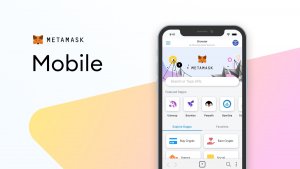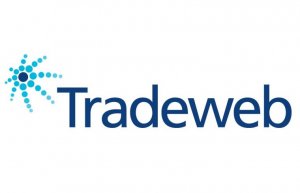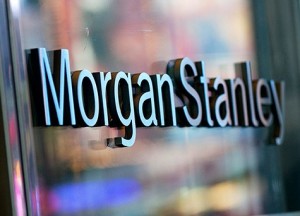JP Morgan uses blockchain to create intraday liquidity
According to JP Morgan, using blockchain technology facilitated instantaneous settlement and maturity of the repo transaction over a period of hours rather than days as would have been the case using existing systems.

Blockchain took a step towards finding a long term application or problem to solve last week as JP Morgan completed a repo trade using an in house version of the technology.
Blockchains came to fame with the emergence of Bitcoin some ten years ago, and the idea of an immutable distributed ledger caught the imagination of the wider finance and fintech sectors outside of cryptocurrencies. However to date, no one has really found a compelling use case for the technology or at least one that offers significant benefits over existing solutions.
JP Morgan has now used its Onyx Blockchain platform to swap and settle a repo trade between US treasury bonds and a JP Morgan digital currency known as JPM Coin.
According to JP Morgan, using blockchain technology facilitated instantaneous settlement and maturity of the repo transaction over a period of hours rather than days as would have been the case using existing systems.
JP Morgan sees the new trading and settlement application as a way to reduce settlement risk but also to free up or create additional intraday liquidity.
Scott Lucas, head of markets distributed ledger technology at JP Morgan said that “The current repo market has some technical inefficiencies, and we identified blockchain technology as a way to reduce our clients’ intraday risk profile.”
Repo, an acronym for ‘sale and repurchase trade’ is used by financial institutions to collateralise trading positions or inventory by effectively swapping their holdings for cash over a fixed time frame before their position, or collateral as its often referred, to has to be repurchased.
The use of repo trades creates balance sheet efficiency and allows the trading desk to fund positions cheaply and to turn their key holdings into cash, as and when required, without effecting an outright sale of the position.
Access to intraday funding could help to reduce a banks capital commitments and thus its cost base, hence the interest in this development.
JP Morgan has also been experimenting with using blockchain technology alongside external counterparties such as Goldman Sachs and BNY Mellon. Goldman’s global head of digital assets Mathew McDermott was quoted as saying that “This is an exciting project which vividly highlights where enterprise blockchain can address a real-world problem in the financial system and we look forward to going live in early 2021,”
We are still some way from seeing blockchain technology adopted as a mainstream settlements system but the fact that that some of worlds largest institutions can see a business case for its deployment takes us one step closer to that point. However, to some extent, the blockchain still looks to be a solution in search of a problem to solve.









